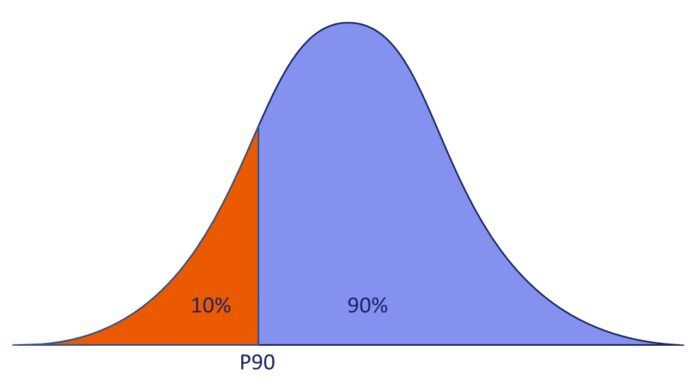Typical Meteorological Year (TMY) data has become an invaluable tool across various industries, providing a comprehensive understanding of local weather conditions. To truly harness the power of TMY data, experts recommend certain tricks that go beyond the basics. In this article, we explore seven TMY data tricks that experts recommend for maximising its utility.
- Fine-Tuning Renewable Energy Models:
Experts emphasise the importance of fine-tuning renewable energy models using TMY data. By incorporating specific parameters such as solar radiation, wind speed, and temperature variations, professionals in the renewable energy sector can create more accurate models. This precision is vital for predicting energy production and optimising the efficiency of solar and wind power systems.
- Seasonal Variation Analysis:
Seasonal variations play a crucial role in many industries, from agriculture to energy planning. Experts recommend using TMY data to conduct in-depth analyses of seasonal weather patterns. This enables businesses and researchers to anticipate changes, optimise resource allocation, and make informed decisions based on the unique challenges posed by each season.
- Climate-Responsive Building Design:
In architecture and construction, TMY data is a key tool for climate-responsive building design. Experts advise using TMY data to analyse temperature fluctuations, precipitation trends, and other climate factors. This information helps architects create buildings that are not only energy-efficient but also tailored to provide comfort in specific climate conditions.
- Extreme Weather Preparedness:
TMY data is instrumental in preparing for extreme weather events. Experts recommend using this data to identify potential risks, such as heatwaves, storms, or cold snaps. By understanding the range of weather conditions a location typically experiences, businesses and local authorities can implement proactive measures to mitigate the impact of extreme weather on infrastructure and public safety.
- Water Resource Management:
Water scarcity is a global concern, and TMY data can be a powerful tool for water resource management. Experts suggest utilising TMY data to analyse precipitation patterns, evaporation rates, and overall water availability. This information is invaluable for planning sustainable water usage, especially in regions prone to drought or water stress.
- Microclimatic Analysis:
TMY data allows experts to conduct microclimatic analysis, delving into localised weather variations within a specific area. This level of granularity is crucial for urban planning, landscaping, and agriculture. By understanding how microclimates influence temperature, humidity, and wind patterns, professionals can make more informed decisions about land use and resource allocation.

